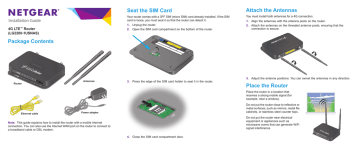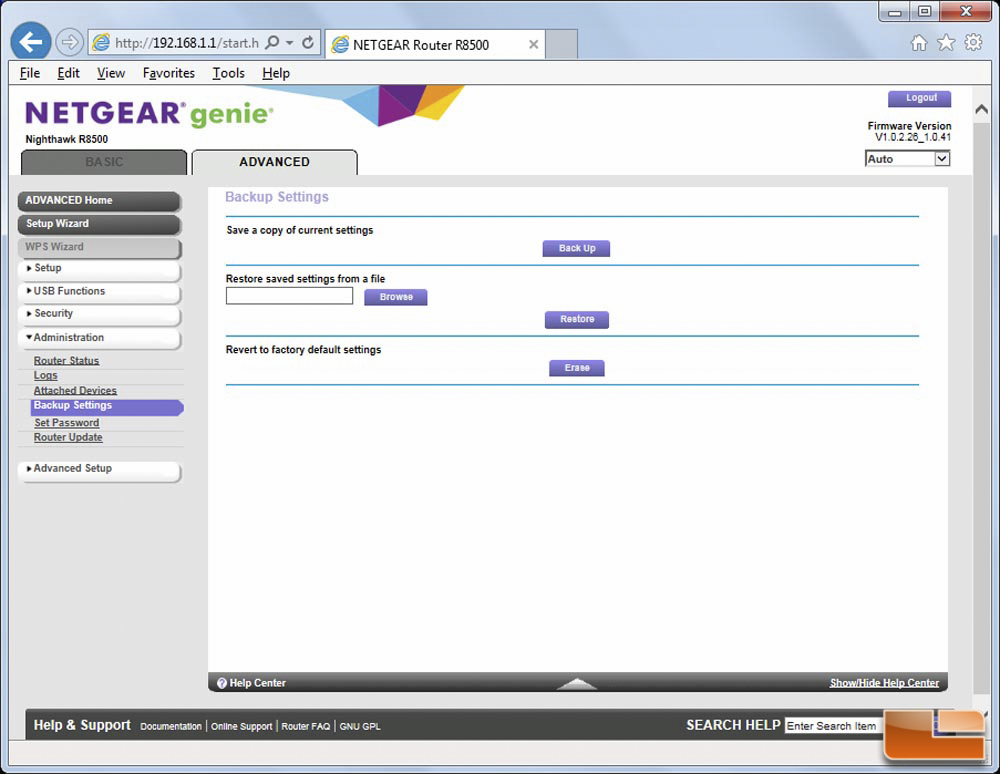
The problem is, since you can't change other settings for each network, the router will always take compatibility over performance. This is sort of useless, since there's no reason you shouldn't choose the top speed for each band. The router has three Wi-Fi networks, one for each band (2.4GHz, 5GHz and 60GHz), and you can only set them to deliver "up to" certain speeds. It's important to note that I wasn't able to configure the X10's Wi-Fi networks via its web interface to deliver best possible performance. By 10 feet, out the laptop was barely connected. When I moved it just a few feet away, it then connected at somewhere between 385Mbps and 1.5Gbps. In order for the laptop to connect at multi-gigabit speed - which ranged between 3Gbps and 4.6Gbps - I had to place the laptop literally right next to the router. One thing to note: the X10's range on the 60Ghz band was indeed extremely short. However, I was able to connect the laptop to the router at 4.6Gbps. For that reason, the top real-world 802.11ad Wi-Fi speed I got was that of a Gigabit connection, which was in no way close to what 802.11ad is capable of. I didn't have such a NAS server, only a 802.11ad-equipped Acer laptop. In other words, this is a router that can simultaneously deliver up to 4,600Mbps, 1,733Mbps, and 800Mbps Wi-Fi speeds on 60GHz, 5GHz and 2.4GHz frequency bands, respectively. The X10 also incorporates a quad-stream (4x4) 802.11ac access point to support all existing Wi-Fi devices. Multiple Wi-Fi standards, multi-gigabit wired connections

The X10, for example, can support up to 4,600 megabits per second (or 4.6 gigabits per second) in a single 802.11ad Wi-Fi connection compared to the 1,733Mbps top speed of of 802.11ac. To make up for that, 802.11ad has ultrafast Wi-Fi speed. (For more on the 802.11ad and other Wi-Fi standards, check out this post.) This makes 802.11ad more of a replacement for wireless USB 3.0 than a fully functional Wi-Fi standard. Since its signal can't penetrate obstacles like walls, the standard is used only for clients that stay close to and within line of sight of the router. And second, it has an extremely short range, around 15 to 20 feet and even shorter in case of the X10 (more on this below). First, it doesn't function with existing Wi-Fi clients rather, only those that support 802.11ad are compatible.

Not to be confused with 802.11ax, the 802.11ad standard, which operates on the 60GHz frequency band, is a supplement to regular Wi-Fi rather than a replacement for it for two reasons.


 0 kommentar(er)
0 kommentar(er)
